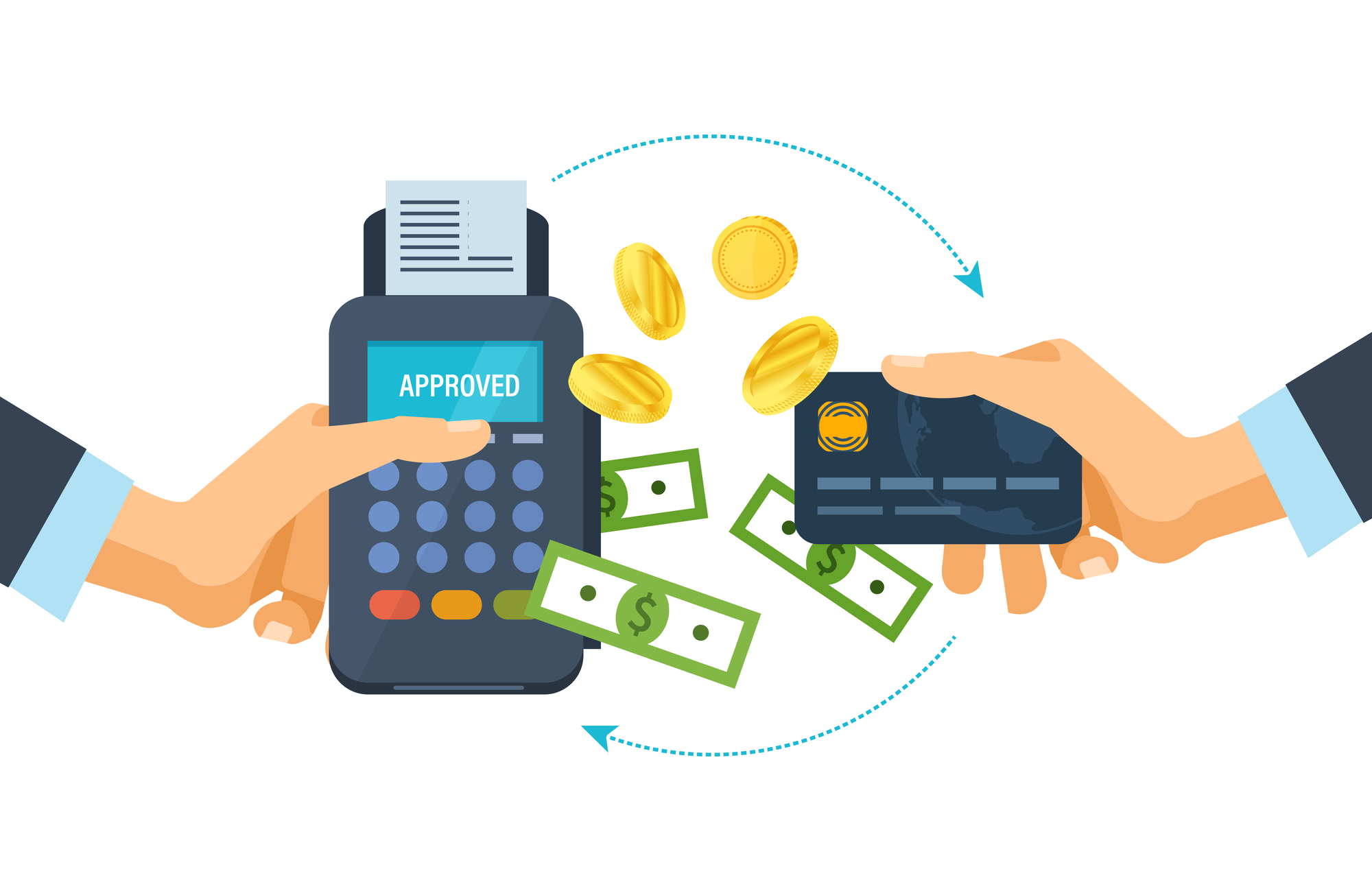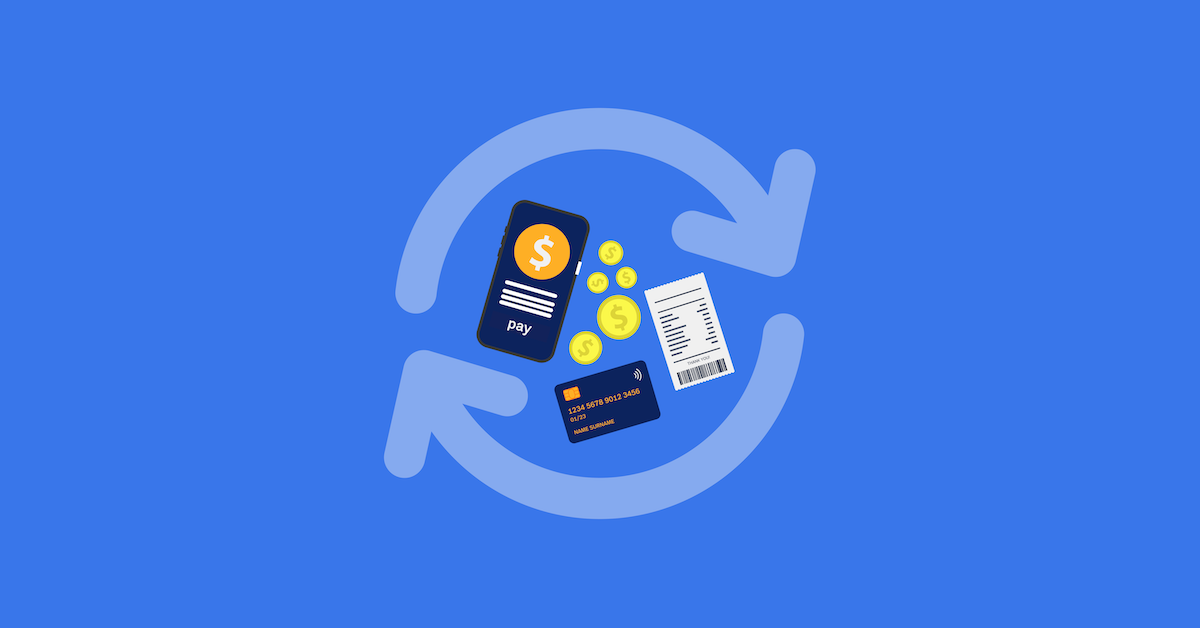How Cybersecurity Enables High-end Payment Processing
Cybersecurity is essential in modern banking since most people have turned to online banking. The coronavirus pandemic has also contributed to the growth of online payment channels and digital technologies necessary for facilitating high-end payments.

While this was happening, the number of cyber attacks grew along with these technologies. However, the banking industry focuses on its best customers and aims to deliver the best possible services. Organizations have hired top security experience and adopted some of the latest approaches.
Today Couponxoo will show you how modern FinTech companies process payments and what technologies they use to establish secure payment systems.
Use of DevOps and DevSecOps
Banks are looking to become fully digital, and this migration is being orchestrated by some of the top DevOps resources like JFrog and other tools in the FinTech sector. DevOps workflows allow banks to implement agile processes that facilitate their digital transformation.

Teams can develop the right solutions more quickly while having predictability and focused insights. Implementing DevOps means delivering banking applications continuously across different environments while reducing production errors for each product or service.
However, banks need to take a step further and use DevSecOps, the improved version of DevOps that considers security throughout the whole process. The entire IT infrastructure is built with the proper security practices to ensure safe payments.
Continuous assessments by security experts
Companies worldwide are exposed to online attacks, and many don’t know how to defend against them. It’s no longer enough to handle security issues internally, and companies need to invest in continuous work to secure online payments.

The world of cybersecurity changes constantly as there are new types of attacks, technologies, and vulnerabilities. Companies need to hire experts that will assess their systems constantly by:
- Reviewing compliances;
- Delivering well-rounded security reports;
- Establishing new security strategies based on changes;
- Teaching employees and building cybersecurity awareness;
- Discovering vulnerabilities within the security system.
Implementing 3D secure protocols
3D secure protocols are card authentication systems that ask all parties involved in a transaction to validate the transaction using a PIN code. This external infrastructure connects when you start a transaction and acts as a secure gateway between the 3D secure platform, the payer, and the payee.
When customers make payments, they are redirected to another secure page where they have to enter a password or PIN generated by the bank and sent to their email or phone. Once payers have entered the pin correctly, the transaction can be completed.
Using payment tokenization
Payment tokenization is one of the most secure payment systems. It works by swapping personal data with a newly generated token that contains no sensitive data. These tokens are a combination of unique numbers that work as secure identifiers.

These tokens replace the card’s PAN in real-time and are used for specific domains and payment environments. No PAN numbers are transmitted during transactions to ensure complete security, but tokenization also replaces card numbers, cardholder information, and other payment information.
This tokenized data is sent to the bank for authorization with the card company. All of the information is kept in a secure vault until verification.
Use of multiple data encryptions
Since we are talking about online payments and their associated data, let’s mention another way banks protect this data. Data encryption is one of the best options for protecting payment data. The two most common encryptions are TLS and SSL.

The Secure Sockets Layer protocol secures, encrypts, and authenticates online communications, while the TLS or Transport Layer Security is the improved version of SSL. Both protocols start a secure communication by initiating a “handshake” between the two parties and exchanging a public key.
The parties create keys for decrypting and encrypting the information they exchange. These protocols prevent the information from being sent to someone else or being viewed.
Secured crypto transactions
Crypto payments are becoming a standard, and all high-end payers often pay for products and services with cryptocurrencies. Even though crypto transactions are generally more secure and anonymous, private banks and other financial institutions must secure a few points.
They must use private keys as proof of ownership or sign transactions. They are generated randomly and given to their owners so they can authorize transactions. Payment processors must also create backup keys and store them securely during transactions.
Payment processors must also generate new addresses for new transactions, include mandatory signatures for spending, check backgrounds, and perform authorization and identification of key holders while storing authority keys in multiple locations.
Conclusion
Banks and other FinTech services must invest in cybersecurity to protect their clients and earn their trust. At the same time, they need to safeguard their information to protect their business and maintain their reputation.
Related Article:
DEALS DELIVERED TO YOUR INBOX.
Subscribe now for top-notch shopping & Investing advice. Receive hot Vouchers into your wallet
By submitting your information you agree to the Terms & Conditions and Privacy Policy
Related Articles

Last-Minute Halloween Deals 2024: Don't Miss Out on These Amazing Discounts

Brew Like a Pro: Top Tools to Elevate Your Cold Brew Game

A Glimpse into Urban Chic: Denim Maxi Skirt Street Style Trends Unveiled

Holiday Gift Guide 2024: Exclusive Discounts for the Perfect Presents

Review: Best Certification Programs with Promo Codes

Designing Your Dream Barn Style House: 20 Floor Plans for Rustic-Modern Living
Popular Brands
View all
NOAM Audio
5 Coupons Available

AppScenic
5 Coupons Available

The Gupta Program
5 Coupons Available

Integrated Learning Strategies
5 Coupons Available

Gururo
5 Coupons Available

NordVPN
5 Coupons Available
Popular Articles
View all
Slay the Spooky Season: 10 Halloween Baddie Nails Designs for 2025 – Get Your Claws Ready Now!

The Ultimate Guide to HR and Payroll Software in Australia
:max_bytes(150000):strip_icc()/Twice_Baked_Potato_Cassserole_011-6037efabf4aa401a931ef1b77764ef68.jpg)
12 Easy Fall Dinner Recipes to Warm Up Your Weeknights – Try Them Now!

Curate Your Autumn Wardrobe with These 10 Stunning Fall Outfits Aesthetic Ideas for 2025 – Shop Your Cozy Look Now!

Light Pink Bouquet Wedding Ideas for 2025

CMA Country Christmas 2024 Tickets Coupon: How to Save Big on the Festive Event of the Year
LATEST

Last updated: May 5, 2025

Last updated: Jun 30, 2025

Last updated: Jun 13, 2025

Last updated: Sep 17, 2025

Last updated: Jun 11, 2025

Last updated: May 5, 2025
